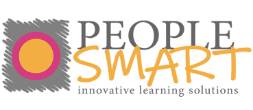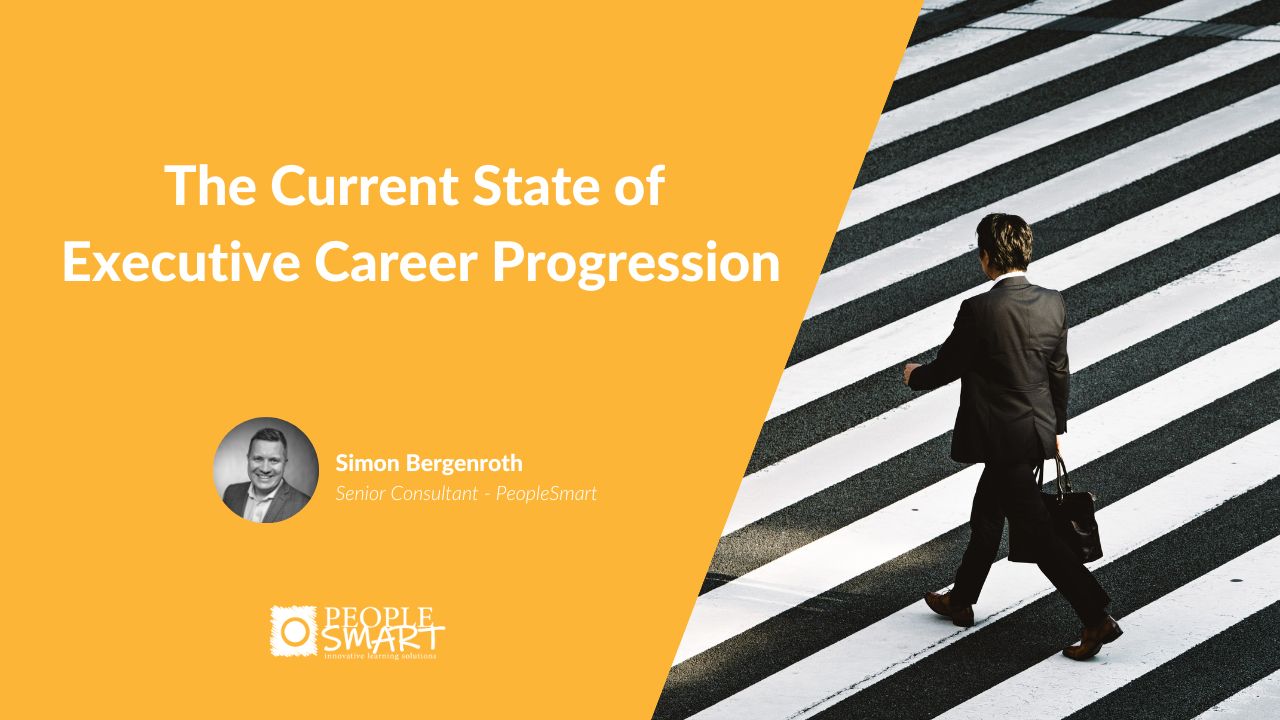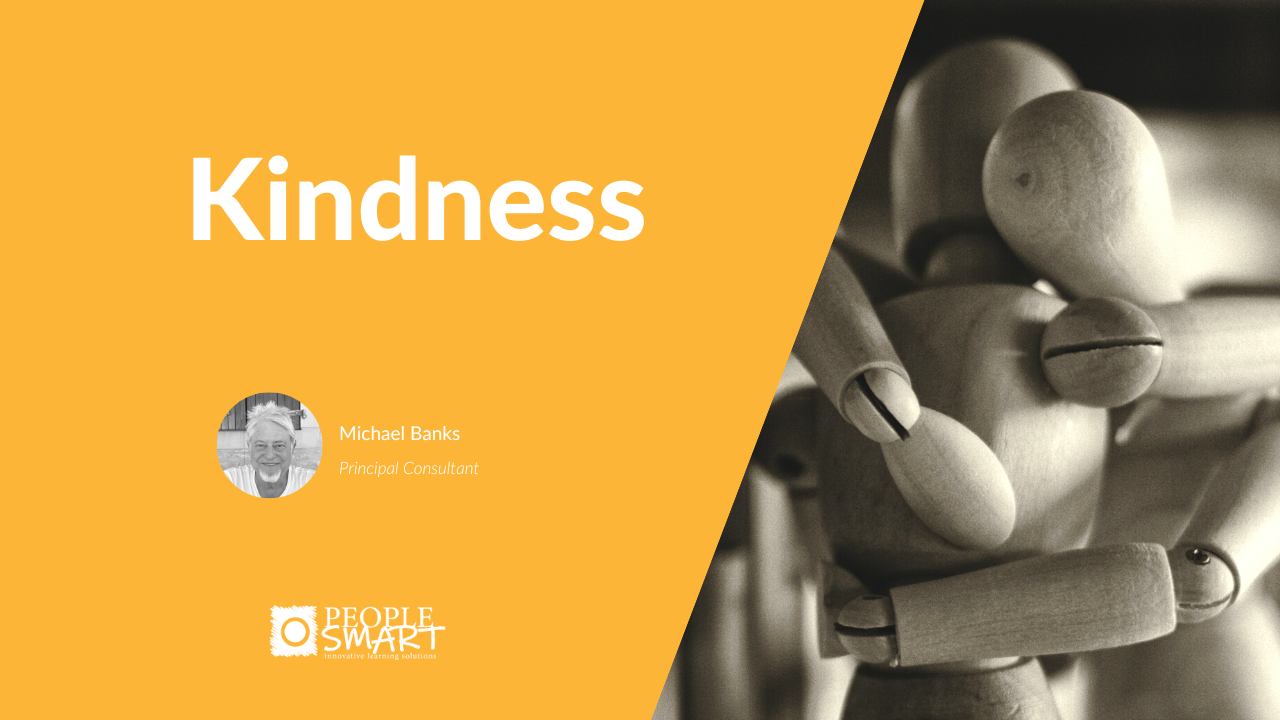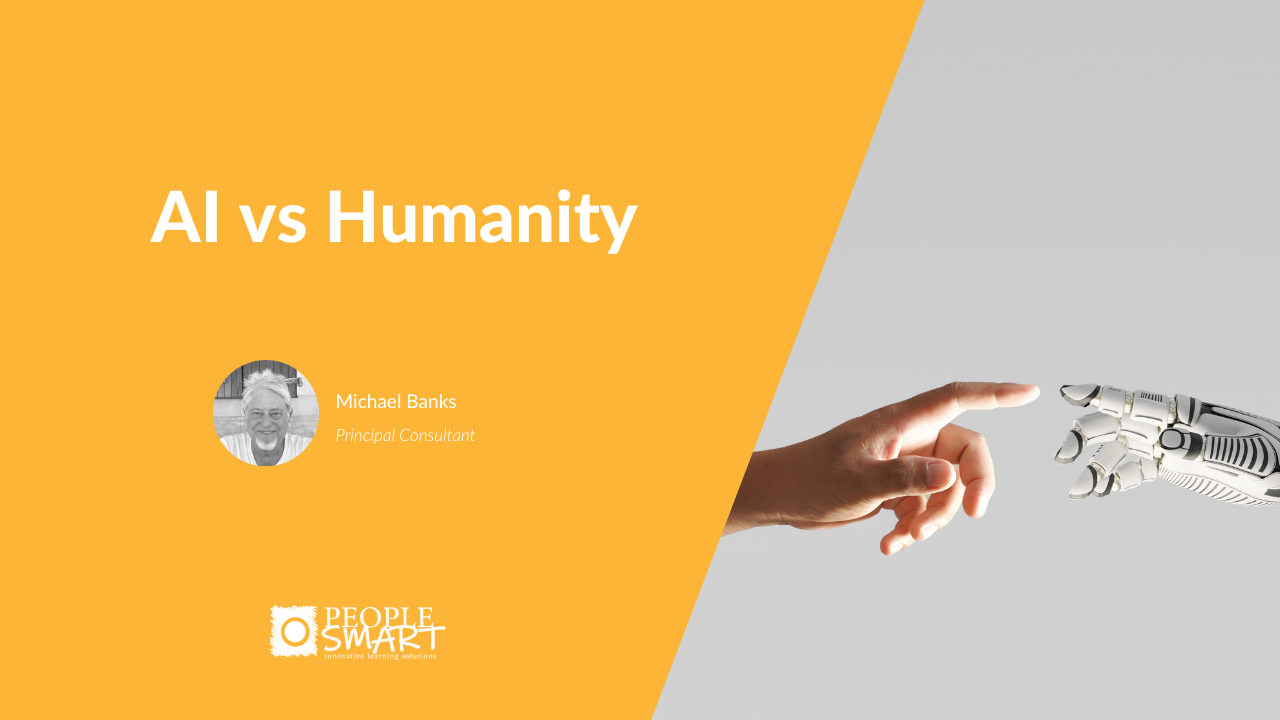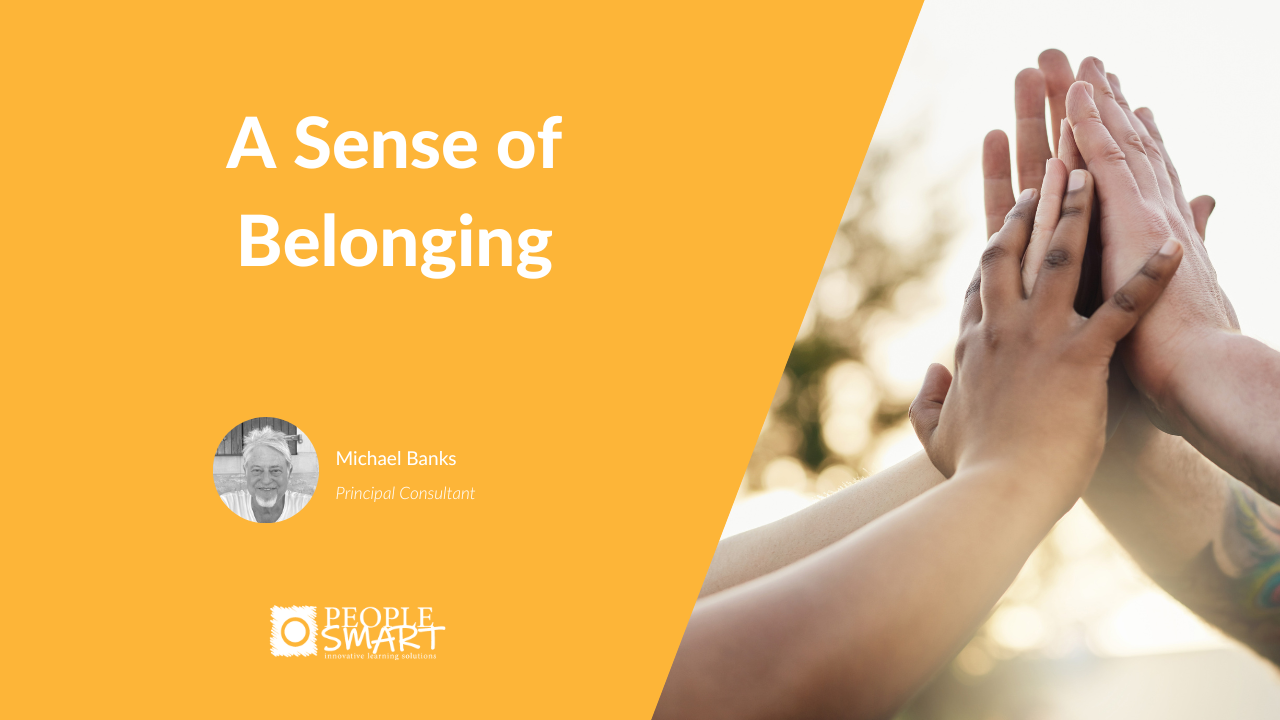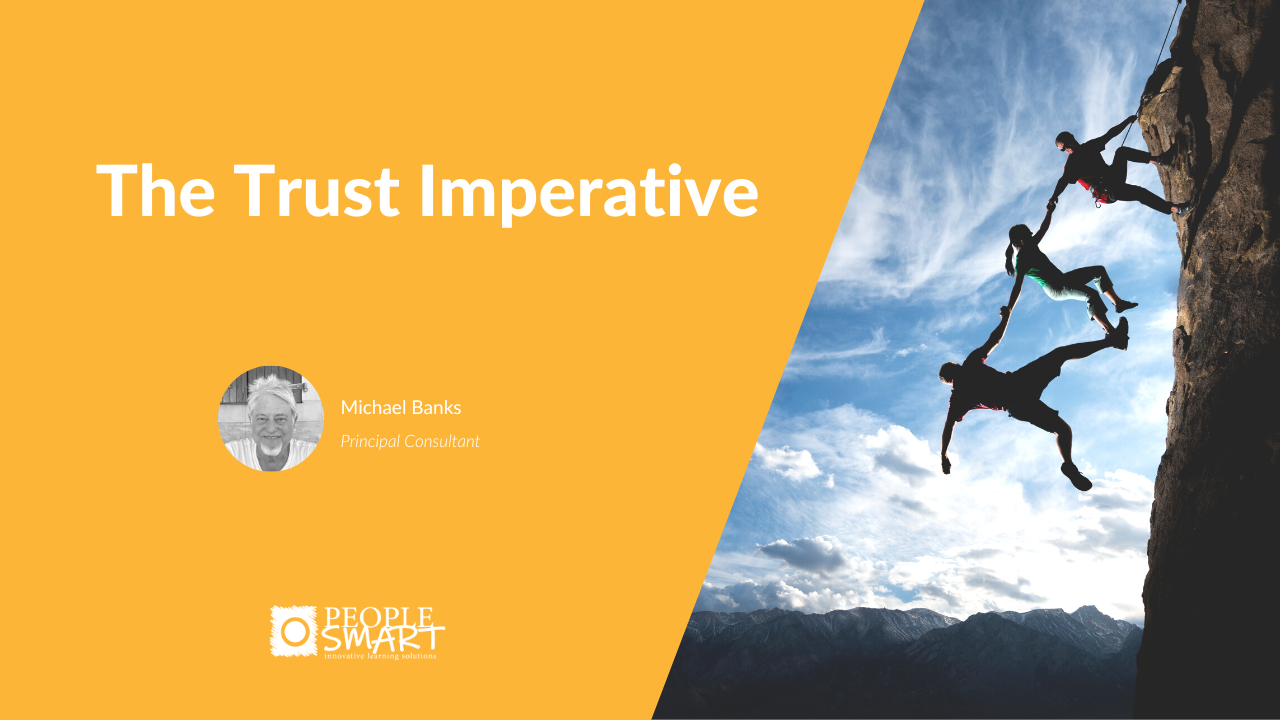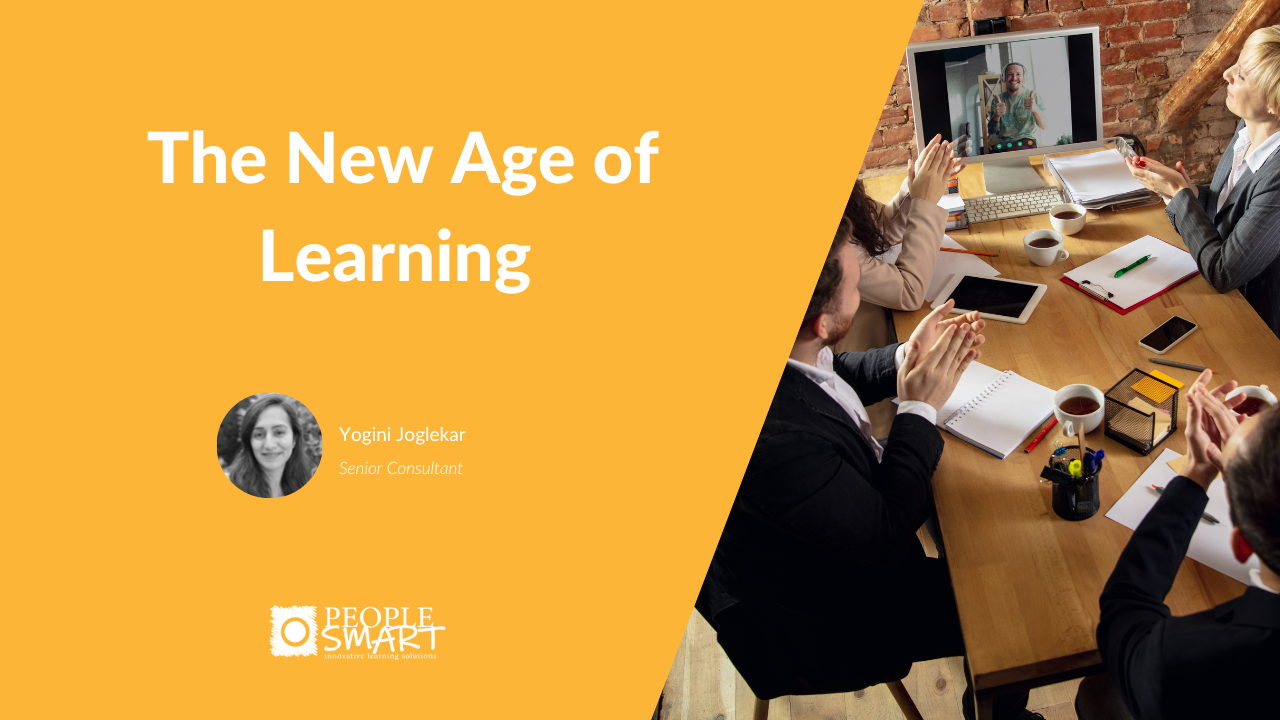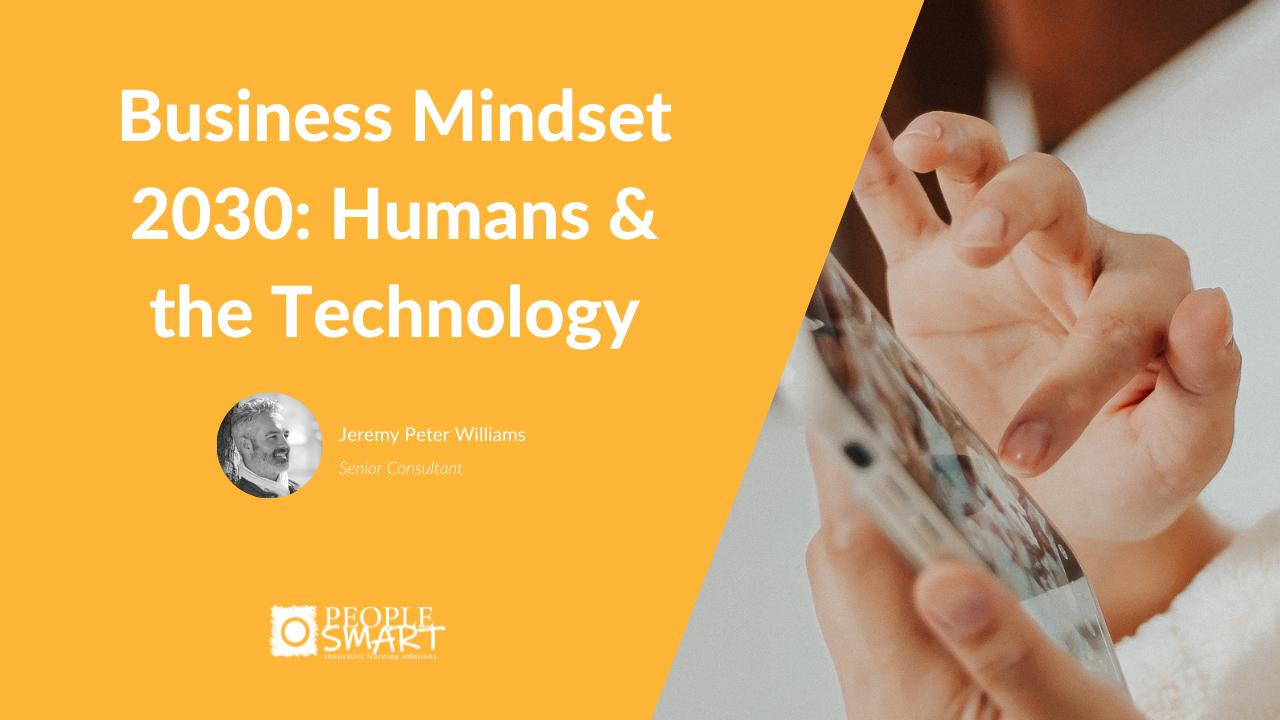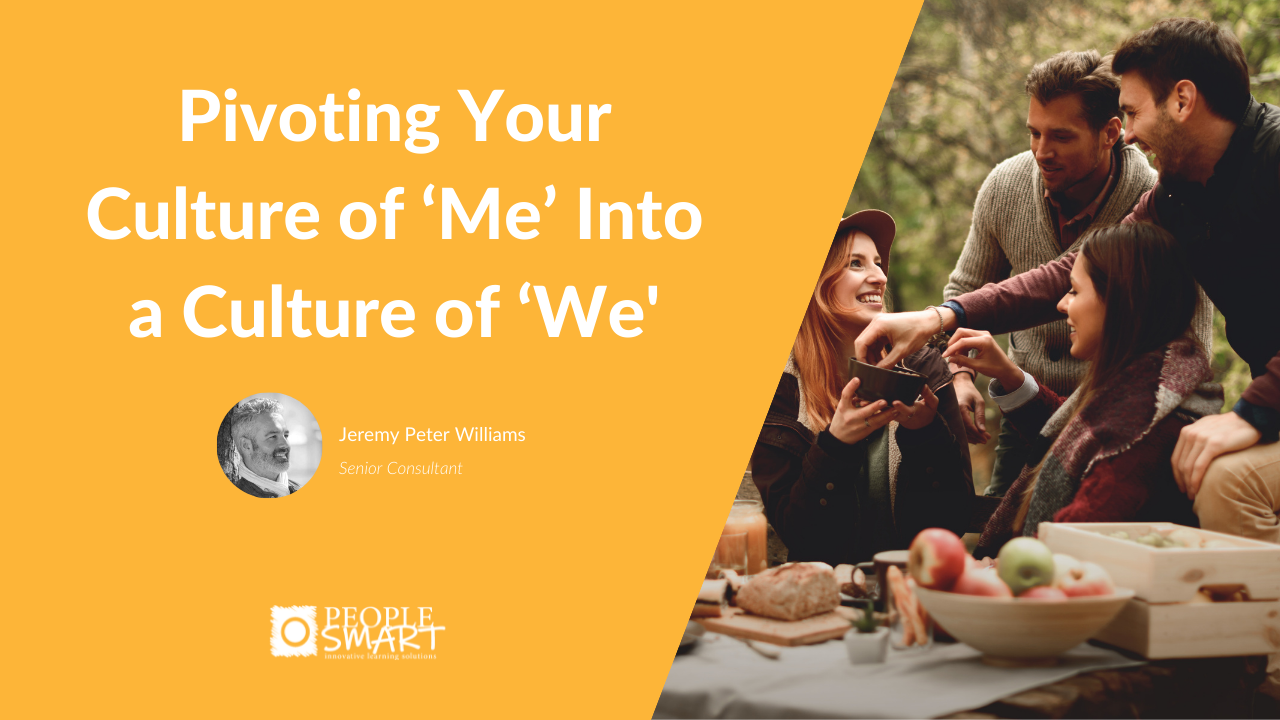In the ever-evolving landscape of today’s corporate world, the path to executive career progression is fraught with challenges that demand attention. The dynamics of job satisfaction, networking, career confidence, growth opportunities and employee retention have a significant impact on the way executives navigate their careers. Recent statistics shed light on the prevailing hurdles and also point towards potential solutions that can pave the way for a brighter future in the realm of executive career progression.
1. Engagement woes: Unveiling the dissatisfaction
A startling revelation from Gallup’s global poll is the disheartening fact that only 15% of the world’s full-time workers are genuinely engaged in their work. This leaves a staggering 85% feeling unsatisfied in their jobs. This lack of engagement not only hampers individual growth but also stifles organisational progress. Executives, often at the forefront of companies, must find ways to rekindle this engagement to drive success on both personal and organisational fronts.
2. The power of networking: Navigating the executive landscape
Recent research underscores the pivotal role that networking plays in executive career progression. A striking 60-70% of executive roles are filled through networking. This statistic underscores the significance of building and maintaining professional relationships. Networking not only opens doors to new opportunities but also provides insights, mentorship, and exposure to diverse perspectives, all of which are vital for climbing the executive ladder.
3. Fragile career confidence: Fostering self-assurance
Gartner HR research reveals a surprising lack of confidence among employees when it comes to their careers within their current organisations. Only 25% of employees are confident about their career trajectory within the company. This lack of confidence can impede growth and innovation, as employees might be hesitant to take risks or suggest novel ideas. Addressing this issue requires a concerted effort to bolster the confidence of employees through meaningful recognition, skill development and opportunities for showcasing their abilities.
4. Thirst for growth: Nurturing career opportunities
It’s no surprise that a significant 76% of employees desire more opportunities for career growth. Executives, being no exception, thrive on continuous advancement and challenges. Providing avenues for growth not only satisfies this hunger but also retains valuable talent within the organisation. Clear pathways to higher roles, skill development programs, and lateral moves that encourage holistic development can satiate this thirst for advancement.
5. The spectre of departure: Battling employee attrition
A staggering 73% of employees are contemplating leaving their current jobs. This alarming statistic signifies a potential mass exodus that could impact companies at all levels. Executives play a crucial role in reducing employee attrition by fostering a culture of transparency, empathy, and growth. Investing in the well-being of employees, providing regular feedback, and aligning their aspirations with organisational goals can go a long way in mitigating this challenge.
Mitigating challenges through strategic professional development, coaching, mentoring and advising
The roadblocks highlighted above can seem daunting, but they’re not insurmountable. Here are ways to address these challenges using continuing professional development (CPD), executive coaching, mentoring, and advising:
1. CPD: Nurturing engagement and confidence
Continuing Professional Development (CPD) programs offer executives the chance to enhance their skills, stay updated with industry trends, and foster engagement. These initiatives boost employee confidence and can rekindle a sense of purpose in their roles.
2. Executive coaching: Guiding the way
Executive coaching provides personalised guidance, helping executives navigate challenges, refine their leadership skills, and work through career-related dilemmas. Coaches offer a neutral perspective and actionable insights, aiding in decision-making and self-assessment.
3. Mentoring: Sharing experiences
Mentoring programs connect experienced executives with aspiring ones. These relationships facilitate knowledge sharing, offer guidance, and provide a safe space for discussing career concerns. Mentors can help mentees identify growth opportunities and navigate organisational politics.
4. Advising: Strategic career navigation
Advisors, often seasoned professionals or experts in the field, can provide strategic advice for career progression. Their external perspective can be invaluable in identifying blind spots, assessing potential career moves, and aligning individual goals with organisational needs.
In conclusion, the statistics regarding executive career progression challenges underscore the need for proactive strategies. Engaging employees, fostering confidence, offering growth opportunities, and reducing attrition all require a holistic approach that integrates CPD, executive coaching, mentoring and advising. By addressing these challenges head-on, organisations can create an environment where executives not only thrive but also become the driving force behind sustainable success.
Simon Bergenroth
November 2023
.
.
.
.
.
If you want to know more about PeopleSmart and the services we offer reach out to us for a conversation: contact@peoplesmart.fr
